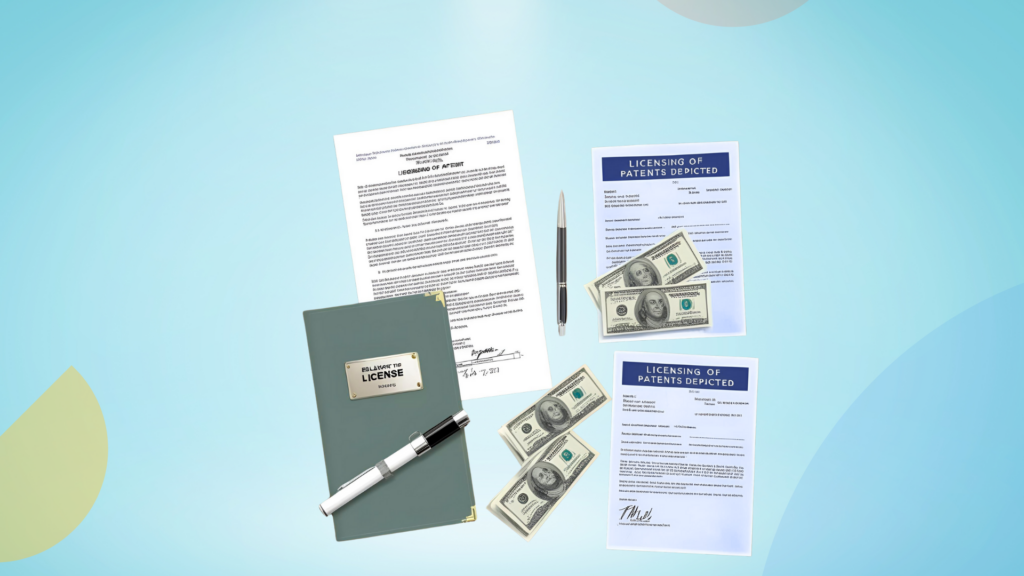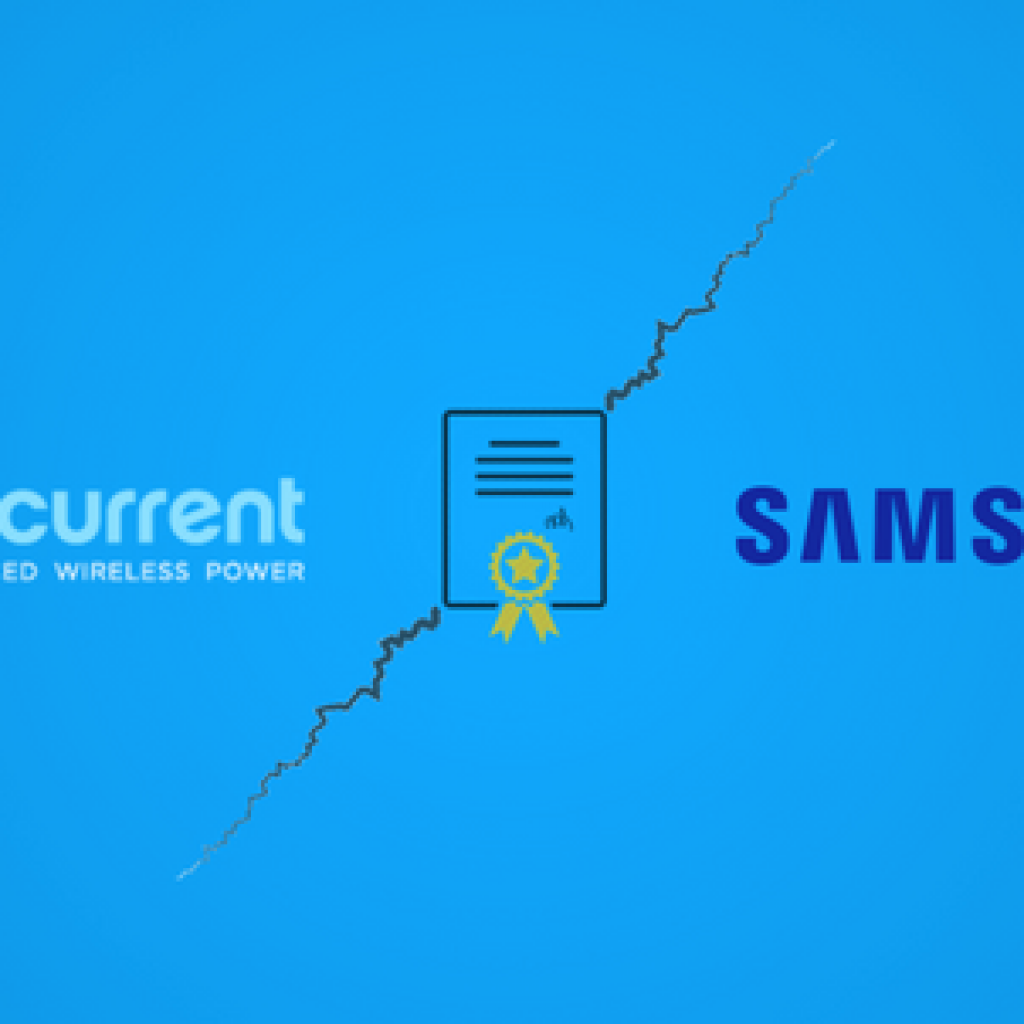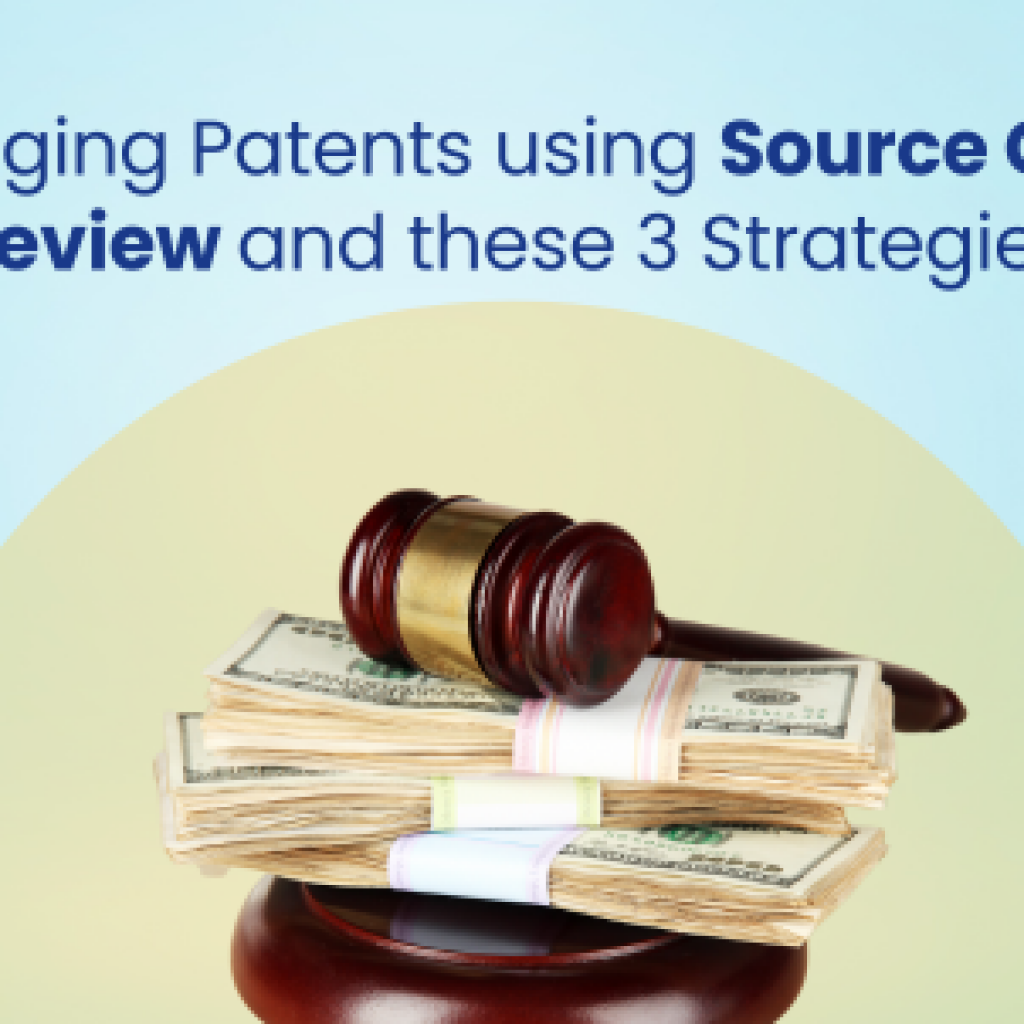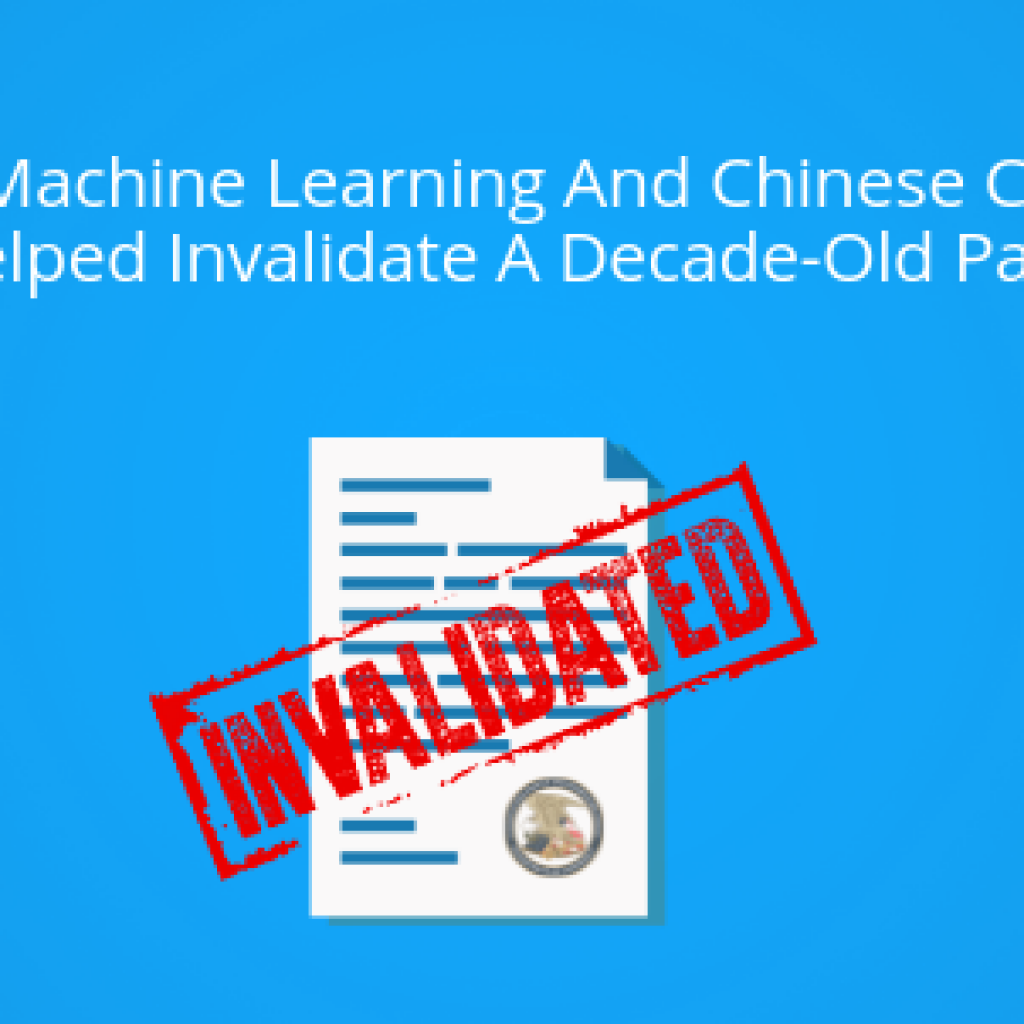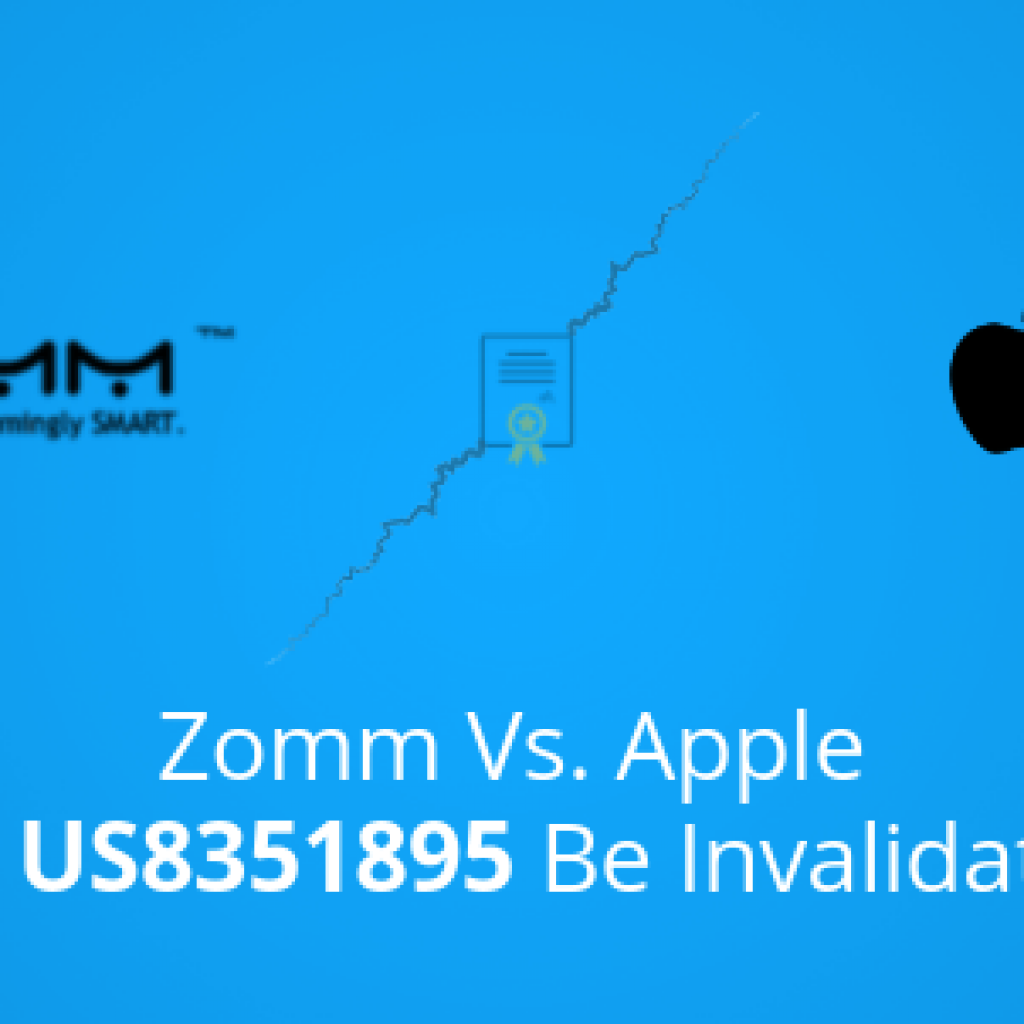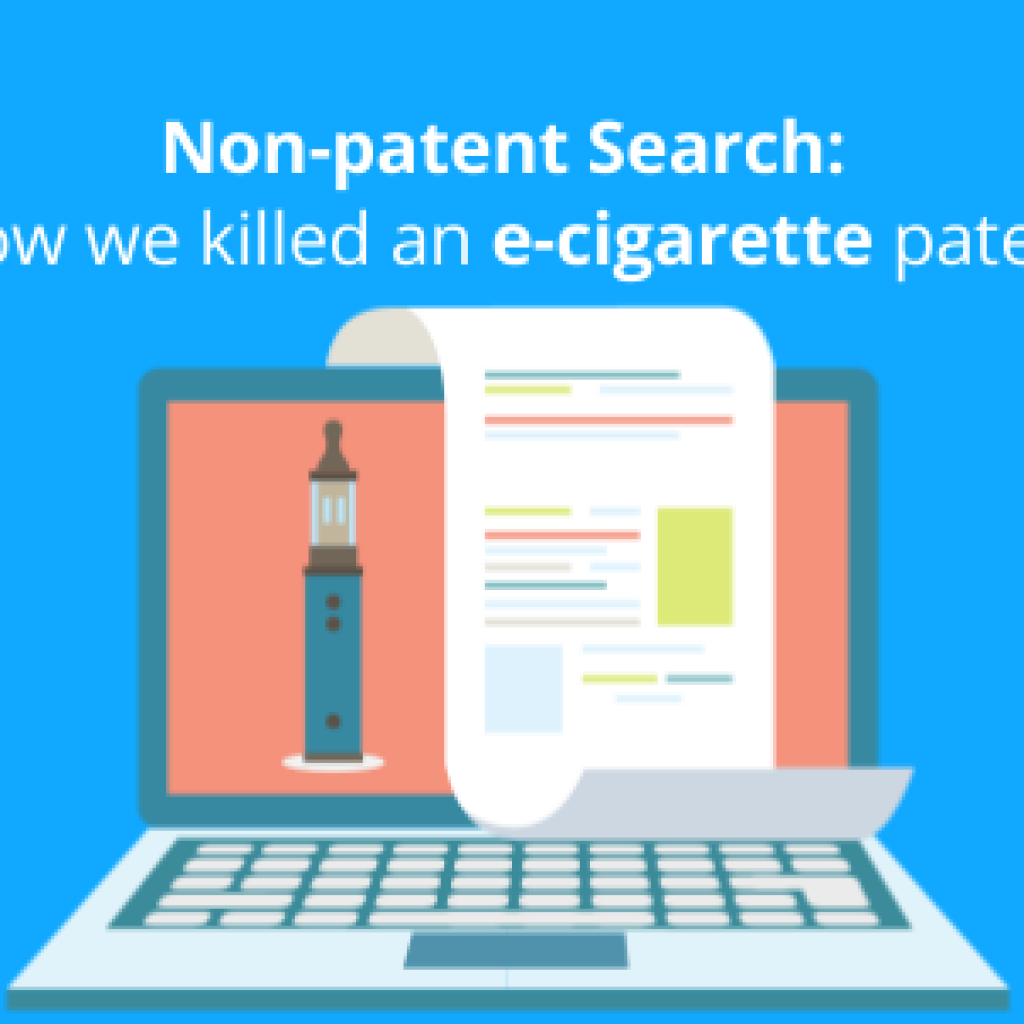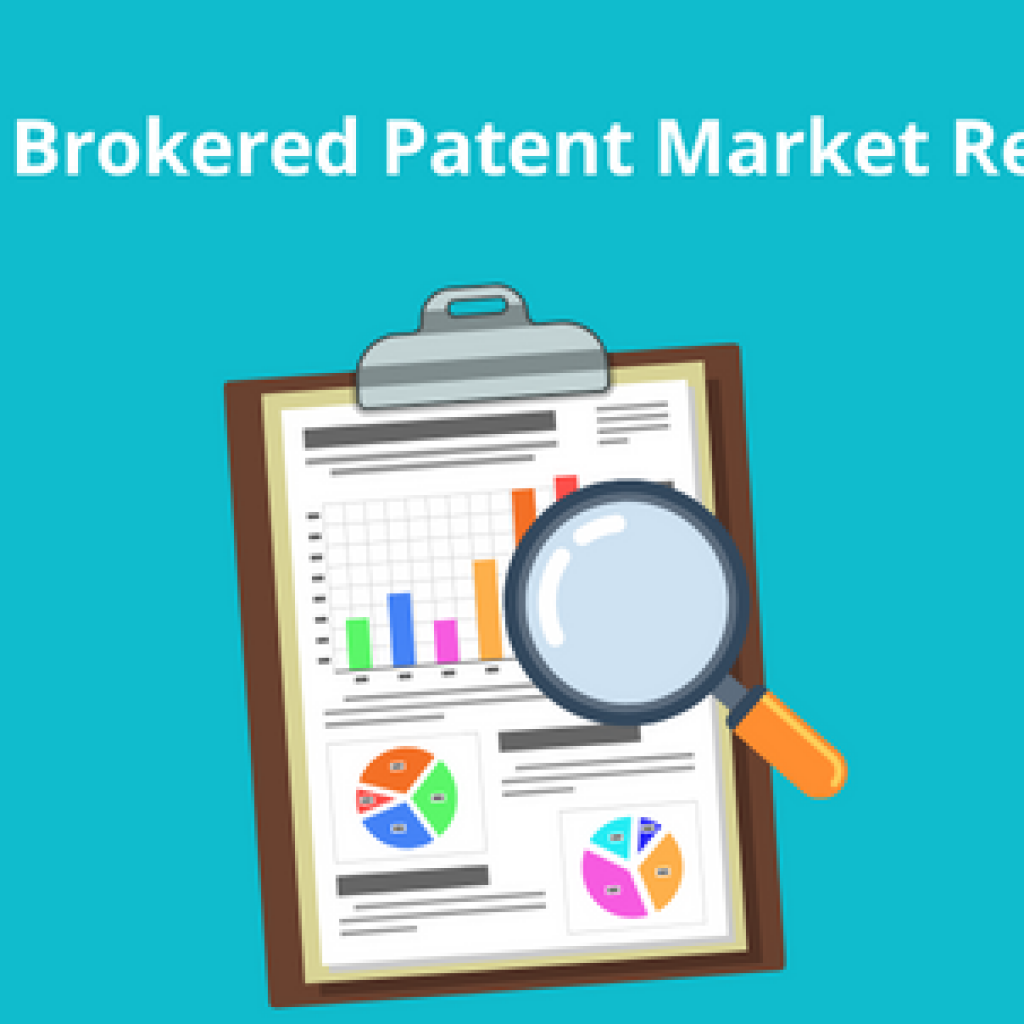Unlike traditional inventions with clear descriptions, AI patents, especially those with complex neural networks, are difficult to understand. Additionally, the lack of detailed explanations in AI patents and the difficulty of finding truly relevant information makes it challenging to identify product overlap effectively. This necessitates the development of adaptive strategies for detecting AI patent infringement.
Recently, a prominent technology giant in China with a comprehensive patent portfolio centered around cutting-edge AI technology contacted us to identify potential gems from their portfolio. This case led to developing a comprehensive strategy for locating products that potentially infringe upon AI patents.
The technology of a probable gem patent
The project’s first leg required our in-house tools like BOS for objective analysis. Based on the citations and scoring from the tool, we came across USXXX146B2 related to a deep-learning-based recognition method. The method discussed a neural network that would predict the gesture (for example, a pattern of human body movement) in a given video.
The AI patent in question outlines a method that involves several steps. Firstly, a video is divided into sections, from which a number of RGB images and corresponding optical flow images are extracted. These images are then used by a two-stream neural network to predict the action performed in each section, and segment predictions are made to predict the entire video.
Decoding the Technology for Detecting AI Patent Infringement
To better understand the patent and locate the infringing products, we created a workflow for the claimed invention, as given below.
This workflow served as a critical comparison tool when identifying potentially infringing products. While commercially available products might implement similar functionalities, complete infringement requires the presence of all the detailed steps outlined in the patent.
However, uncovering infringement is just one piece of the puzzle. Once infringement is established, maximizing the damages awarded is crucial. To learn more about the power of market research in increasing damages in patent infringement cases, read the article “The Power of Market Research in Increasing Damages in Patent Infringement.“
Challenges in Identifying AI Patent Infringement
To find evidence of infringement, relevant information was searched from multiple companies’ commercial products and services, such as product documentation, how-to guides, forums, release notes, white papers, and research articles. However, despite substantial efforts and exploring various directions, it was observed that most commercial products are like black boxes.
They use proprietary technologies that are often not publicly disclosed. On the other hand, publicly available information discusses only generic information about the user-side aspects, such as features. Therefore, the level of detailed backend working of the products could not be identified.
Shifting Gears: Transparency through Open-Source Projects
After an internal brainstorming session, the decision was made to explore open-source products. Past experience has shown that open-source programs are usually transparent and provide public access to source codes and documentation through code repositories hosted on platforms like GitHub.
For example, Chromium is a well-known open-source web browser with its entire code base in its repository. This repository contains the source code, developer guides, and functionality-level information.
Code Analysis Reveals Product Infringement Overlap
We combed through open-source projects developed by major target companies in the field. This diligence led us to a particularly intriguing product, designated as Product X, from a prominent GPU manufacturer, referred to here as ABC. By dissecting their technical documentation and diving deep into their code repositories, we identified the framework and the majority of crucial elements required for a successful overlap.
Code snippets extracted from Product X revealed functionalities that mirrored the patented method with striking similarity. The code demonstrated the division of the video into segments, much like our previous video chopping analogy. Following this segmentation, the code snippet showcased a prediction process performed on each individual segment.
Finally, the results from these individual predictions were combined to arrive at a final prediction for the entire video. This sequence perfectly aligned with the key steps outlined in USXXX146B2, depicting potential infringement.
| Claims of USXXXX146B2 | Relevant Information from the Target Product of the GPU company (for example, Product X from ABC) |
| Dividing the video into segments and providing a final prediction of the entire video by combining the prediction results of each segment. | (Code snippet) Analyst Comment: ABC’s X divides an input video into segments called sequences. Then, it carries out the inference process to make predictions for each of the segments. Finally, these sequences are averaged to find a final prediction result for the complete video. |
* – Rephrased for confidentiality purposes
Further details required by the patent were gathered from numerous code guides and repositories of developers who had developed applications using this model. During this process, it was discovered that forums are quite underrated as a source of relevant information. The information in the forums helped conclude the infringement study for this specific patent successfully.
Conclusion
The intricate nature of AI presents a unique challenge in patent infringement analysis. Traditional methods, designed for more static technological patents, struggle to keep pace with the complexities of machine learning architectures. Furthermore, future developments in AI regulation and standardization will likely impact the ability of commercial ML models to remain hidden from scrutiny. For example, the European Union is actively working on proposals to regulate AI.
These regulations will likely require transparency into the inner workings of AI products used in certain industries, ensuring they meet European regulatory stipulations. This shift towards transparency is in line with GreyB’s strategic approach to tackling the challenges of detecting AI patent infringement.
The case mentioned above demonstrates the effectiveness of a multifaceted investigation that involves using internal tools, analyzing open-source software, and exploring unconventional resources. This approach helps navigate the complexity of the AI technological landscape, even as future regulations bring greater clarity to the inner workings of AI products.
Explore how GreyB’s expertise can help locate potential infringers on your AI patents. Fill out the form below to learn more about our comprehensive infringement analysis strategies.
Authored by: Akhilesh, Hritik Negi, and Ayushi Roy, Team Infringement



